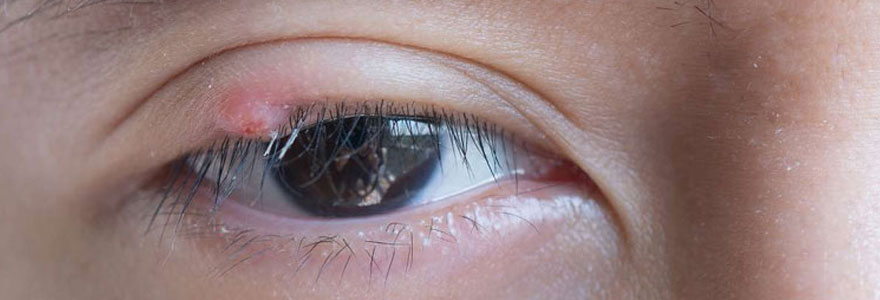
Dr. Amrita Khatri
M.D., B.H.M.S.Book Appointment
Chalazion

A chalazion is a common eyelid condition characterized by the development of a painless, slow-growing lump or bump on the eyelid. This lump is typically caused by a blockage or obstruction in one of the small oil glands (meibomian glands) located along the margin of the eyelid. Chalazia are usually benign and not contagious.
It's essential to avoid squeezing or attempting to pop a chalazion, as this can increase the risk of infection and scarring.
Symptoms of Chalazion
- Lump or Swelling: A small, firm, painless bump or swelling on the eyelid, often on the upper eyelid but can occur on the lower eyelid.
- Redness: Redness or inflammation of the eyelid, which may be more pronounced if the chalazion becomes infected.
- Tenderness: In some cases, the area around the chalazion may become tender or sore.
- Tearing: Increased tearing or watery eyes, especially if the chalazion is large enough to irritate the eye.
- Blurred Vision: Occasionally, a chalazion may press on the eye or eyelid, causing temporary blurred vision.
- Crustiness: Crust or discharge around the eyelid, particularly upon waking.
Causes of Chalazion
- Blocked Meibomian Gland: The primary cause of a chalazion is the blockage of a meibomian gland, which is a sebaceous gland located within the eyelid that produces oil to lubricate the eye.
- Infection: Sometimes, an infection of the meibomian gland, which is initially known as a stye, can develop into a chalazion if it does not resolve and causes a chronic blockage.
- Chronic Blepharitis: Chronic inflammation of the eyelid (blepharitis) can lead to blockage and swelling of the meibomian glands.
- Poor Hygiene: Inadequate eyelid hygiene or touching the eyes with unclean hands can contribute to the development of a chalazion.
- Skin Conditions: Certain skin conditions, such as acne or rosacea, can increase the risk of developing chalazia.
- Other Eye Conditions: Individuals with other eye conditions or those who have had previous eyelid injuries may be at a higher risk.


